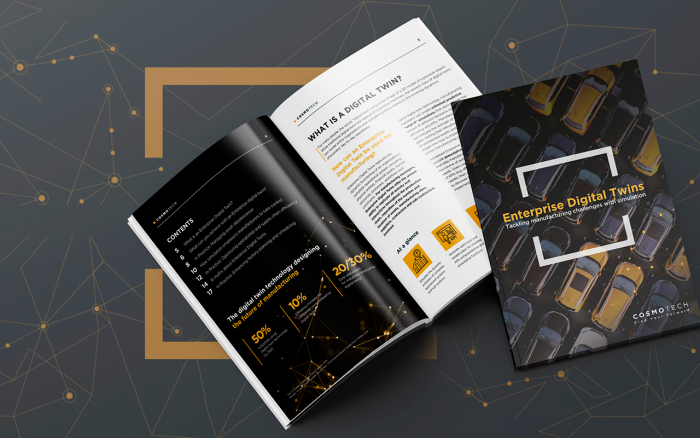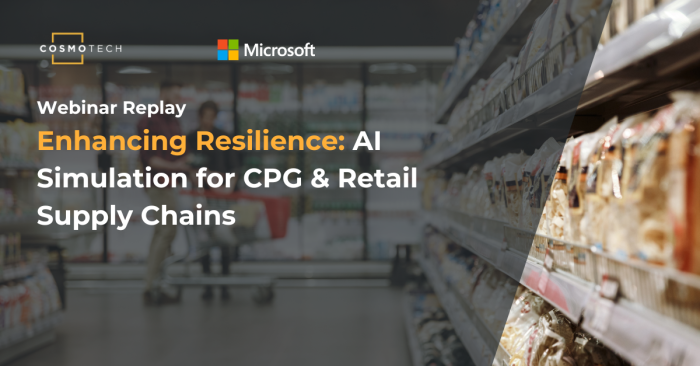The Challenges to Overcome
While the problem of securing sufficient stocks of PPE to restart the plants was clear, Renault faced additional constraints to their restart plans:
For one, while securing PPE to restart a site was essential, it was equally important that once a site was reopened it should not shut down again due to a lack of PPE. As a result, this made the capacity to deliver masks to sites a key consideration in determining the order in which sites would reopen.
The cost of delivering the PPE to workers was not a key constraint for a company that put the health of their teams first, but nonetheless it would be best if delivery costs could be optimized. For example, Renault would prefer to avoid weekly deliveries of 10,000 masks and to instead deliver 40,000 masks monthly; this cuts down on delivery costs while diminishing the environmental costs associated with transport, too.
Further complicating matters, Renault’s sites were located in five different global regions, and those regions demanded one of two types of mask depending on the type of work completed on the site and the extent of the virus in that region. This diversity contributed to important variations in unit costs, delivery delays, and local logistics.
Finally, the provision of PPE and masks to workers had to be made with respect to the gradual ramp up of each individual site. Some sites would restart at 20% capacity, progressing to 40% the following week and then building back up to full production over the course of a month. Others would follow a different progression – either slower or faster to return to pre-lockdown production – further complicating efforts to develop a global restart plan.





![[Video] Traditional vs Resilient Supply Chain Planning: Which side are you on?](jpg/adobestock_101964830-350x350.jpg)

